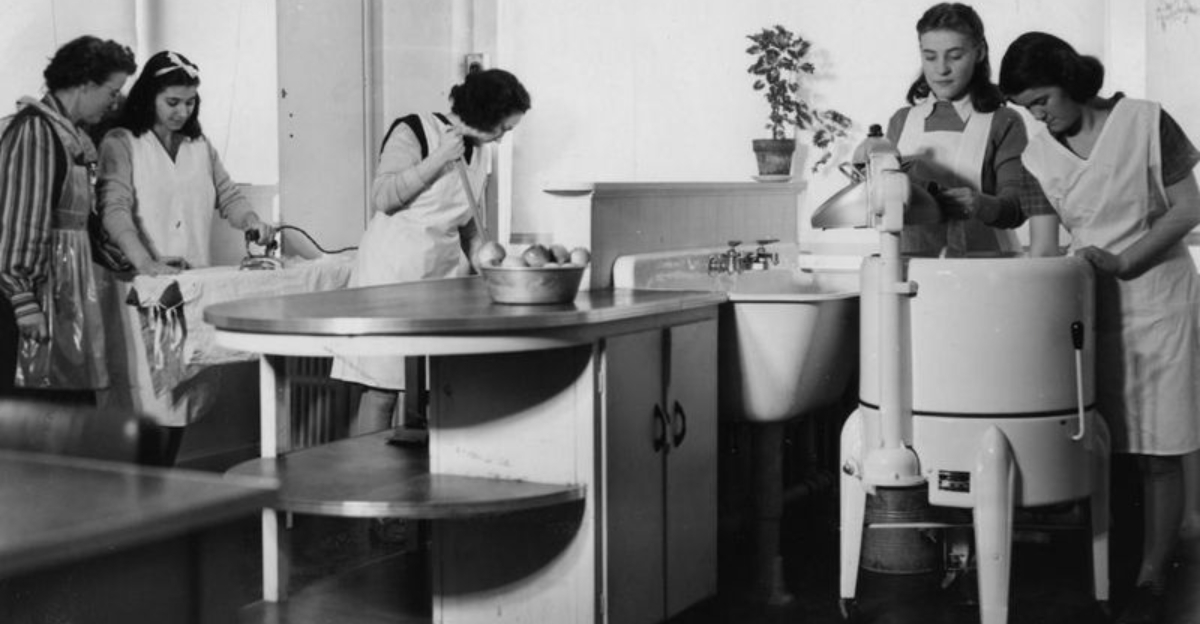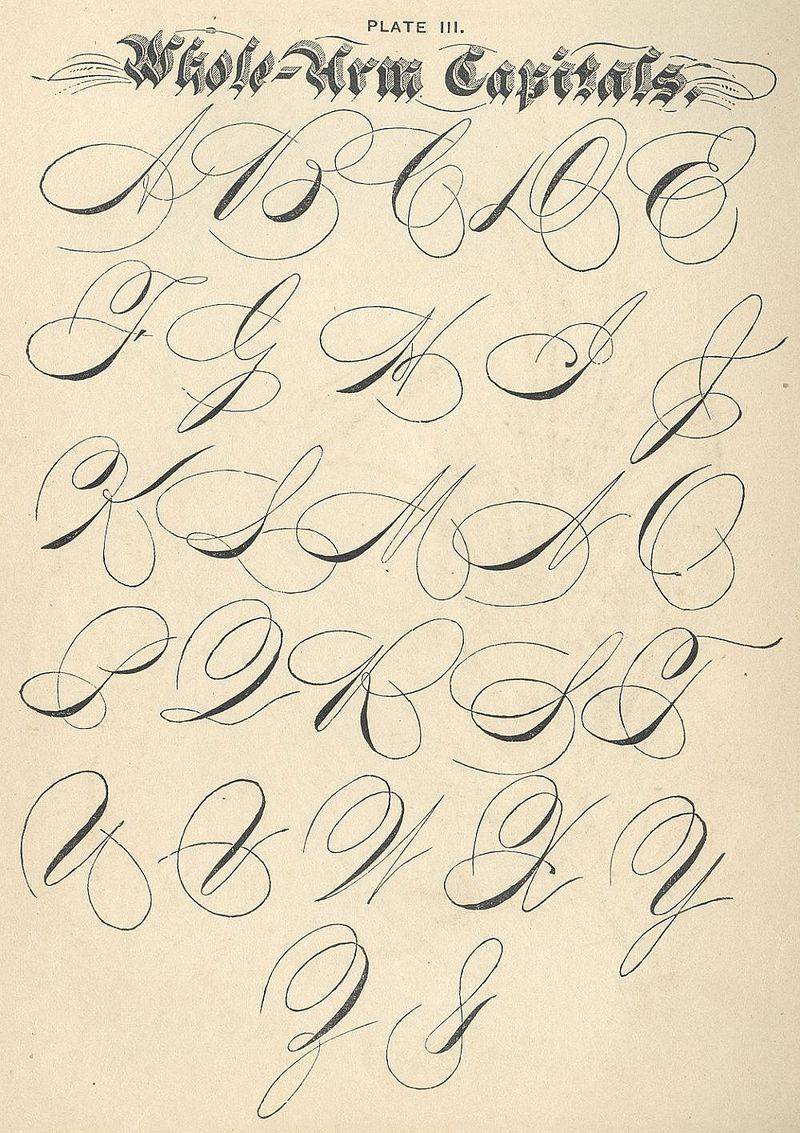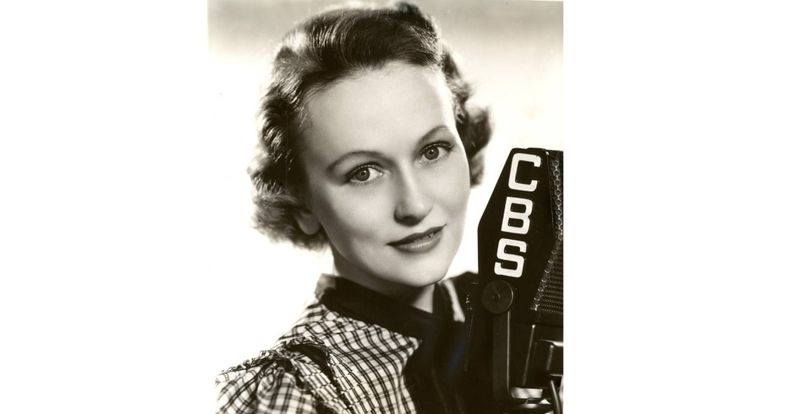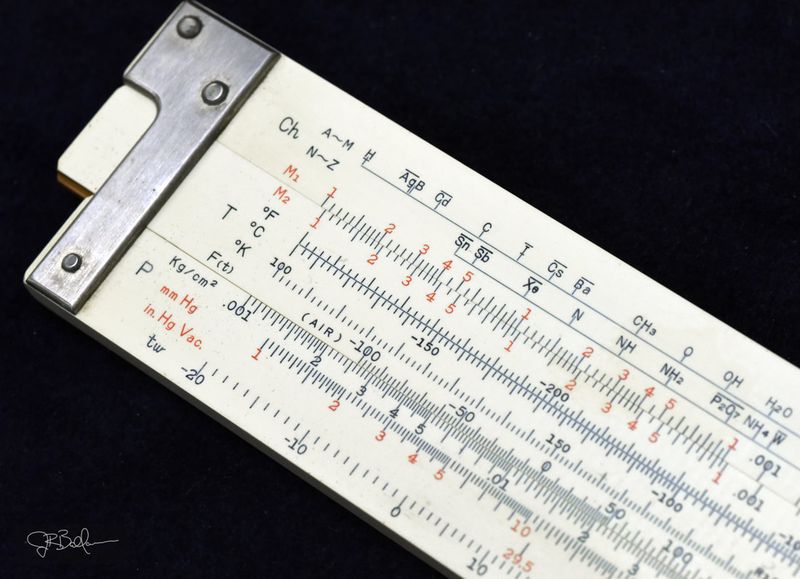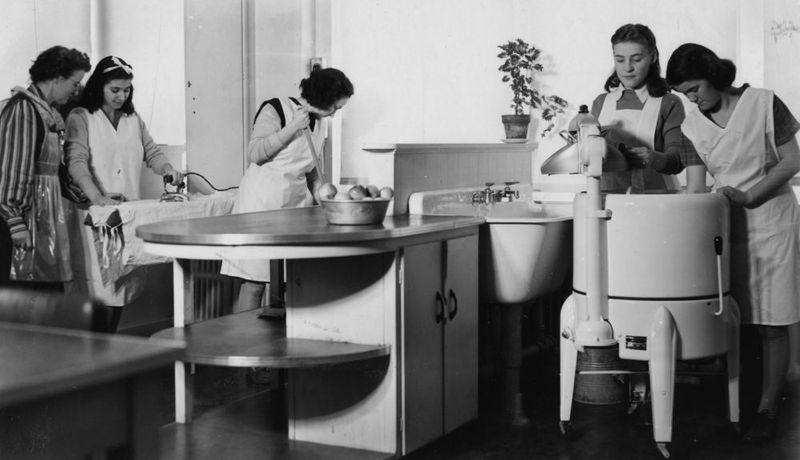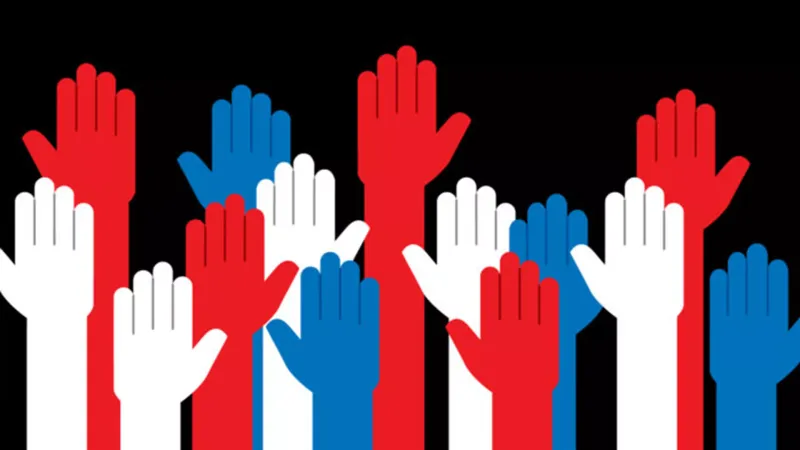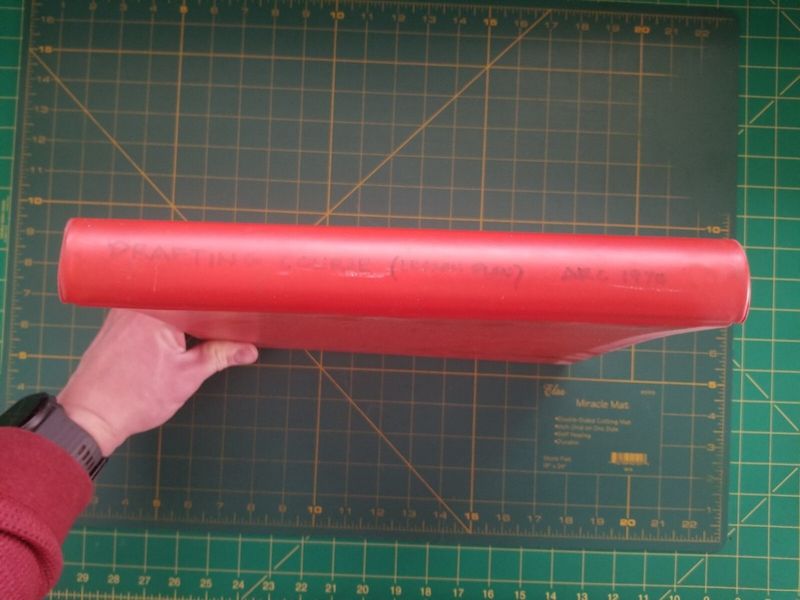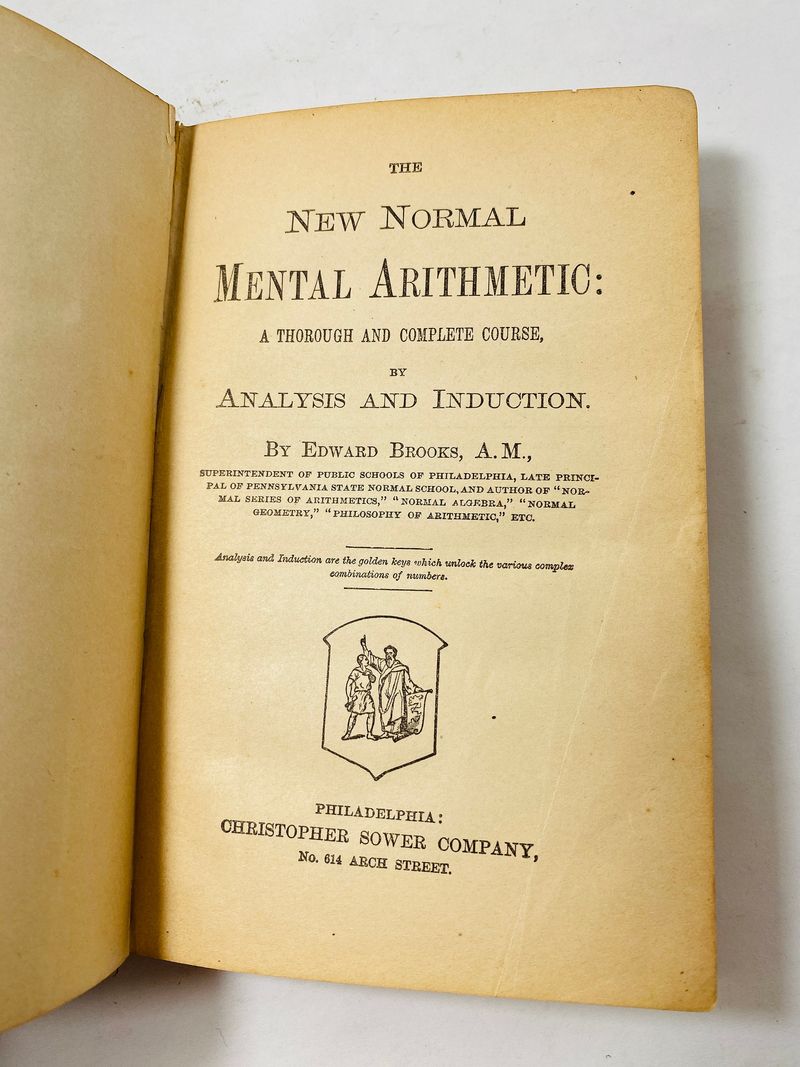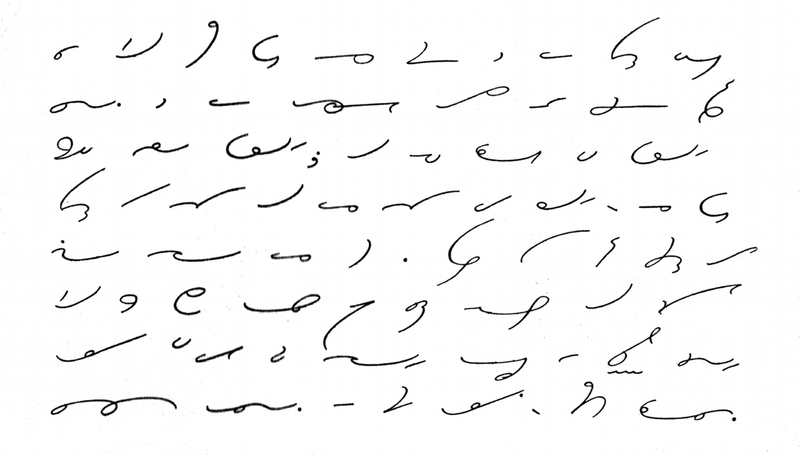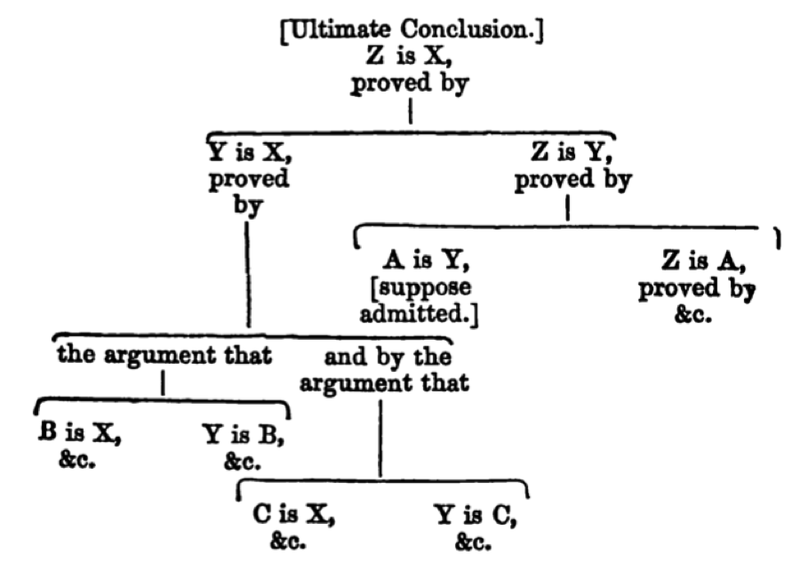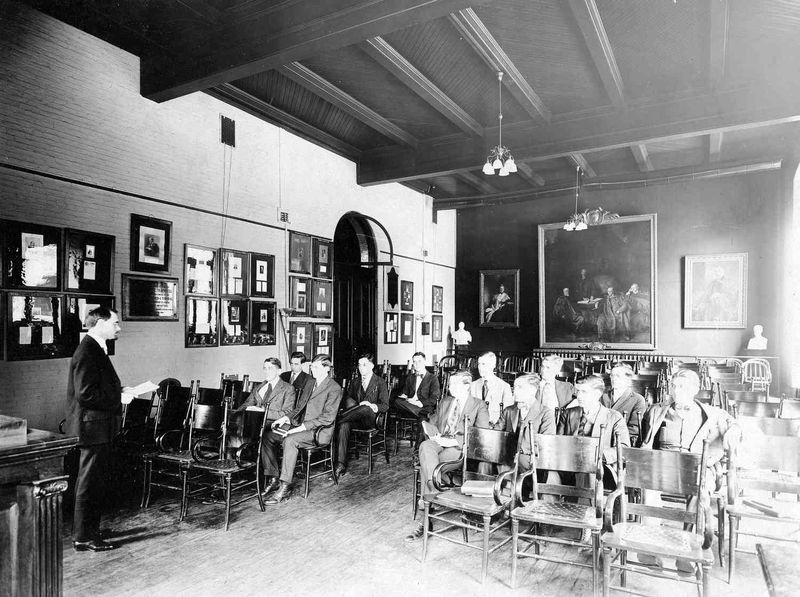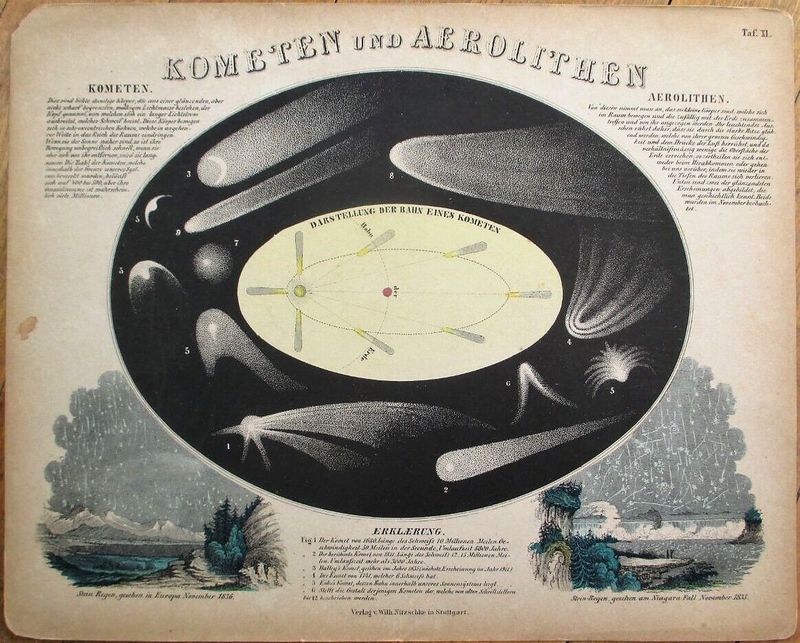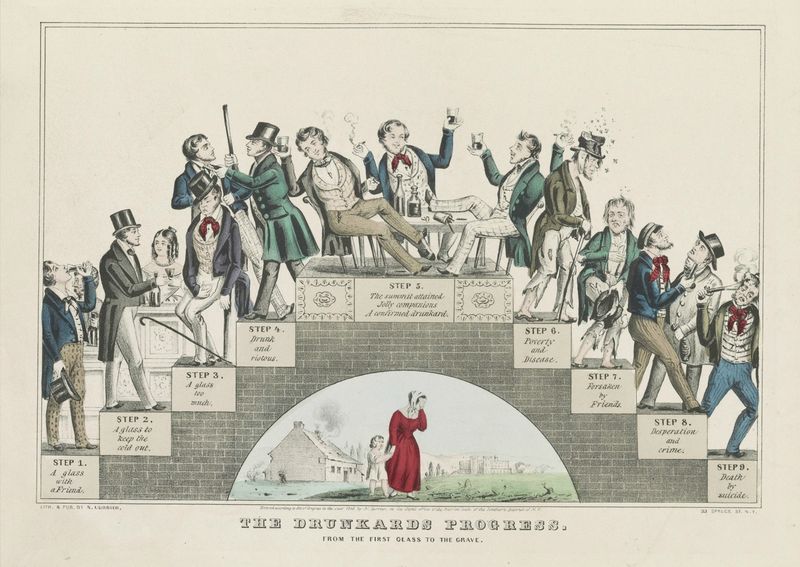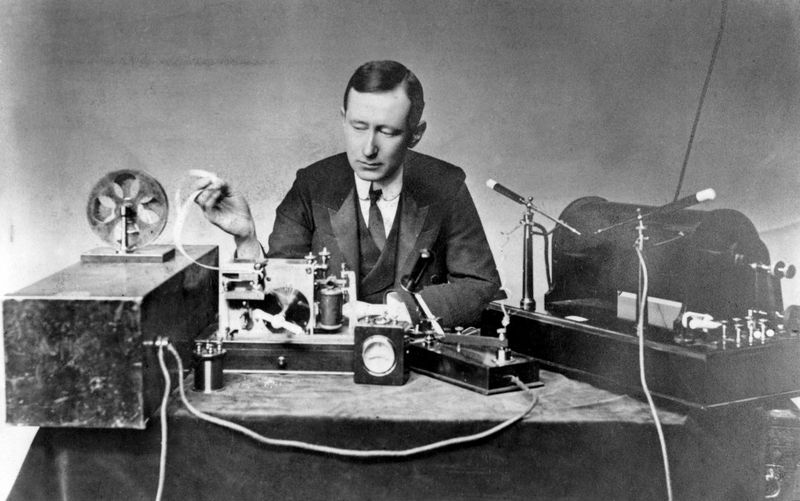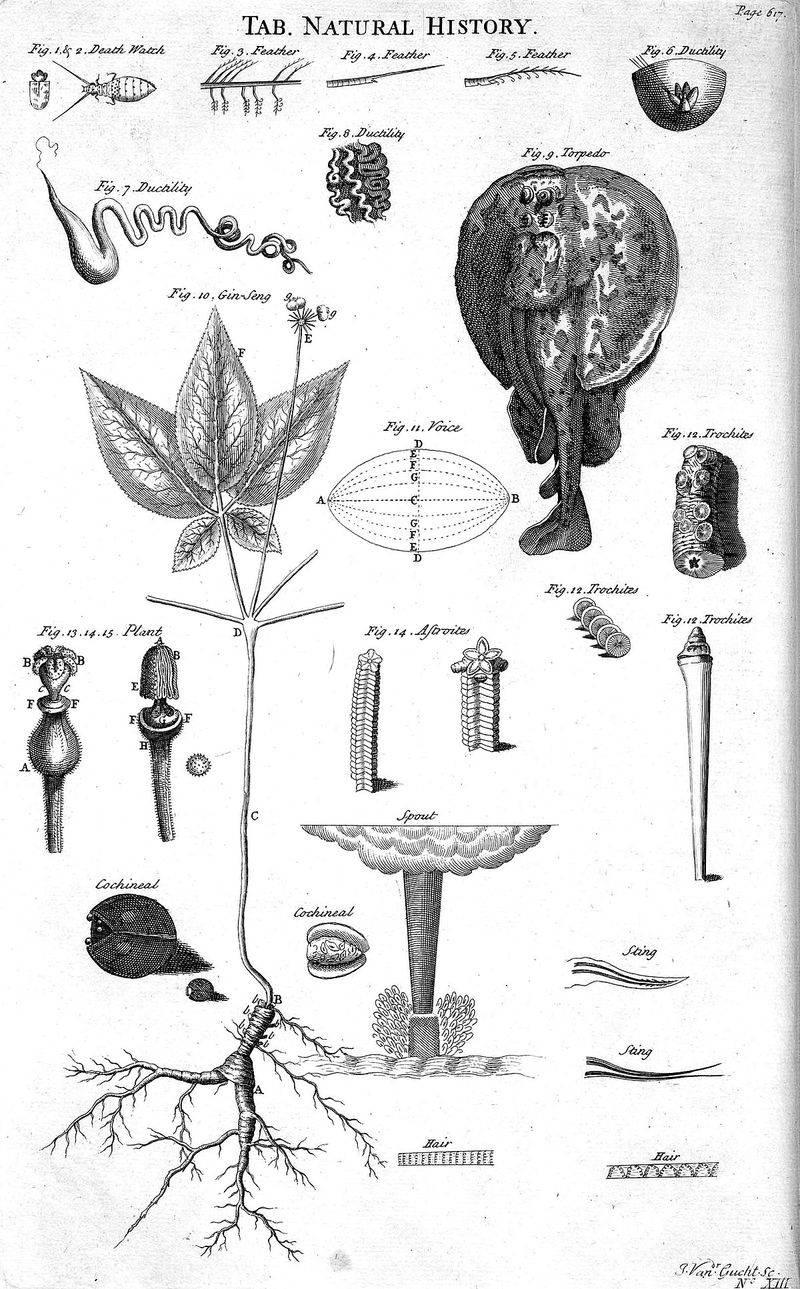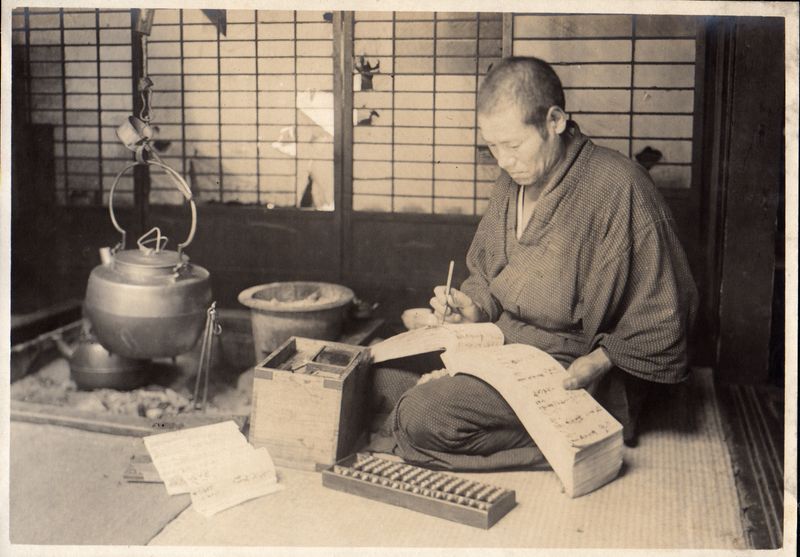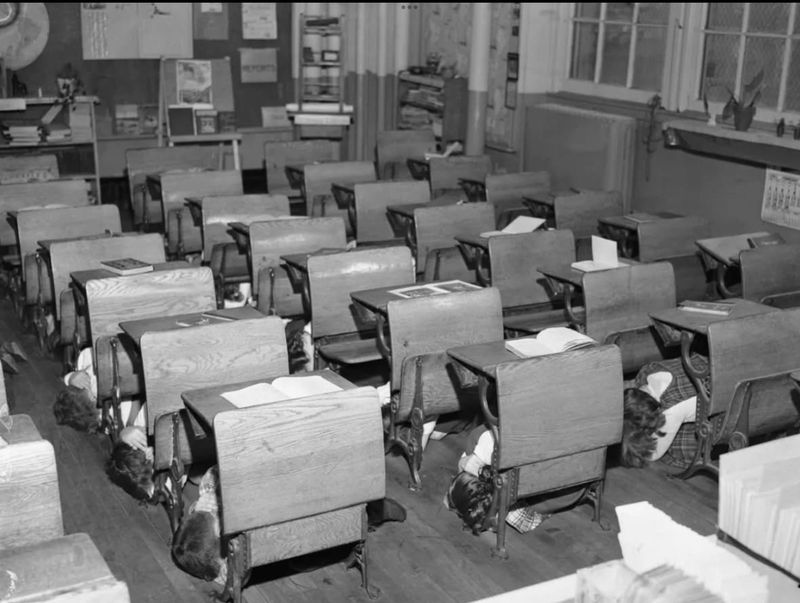Education has evolved significantly over the years, leading to the disappearance of many school subjects that were once considered essential. These subjects, ranging from Penmanship to Cold War drills, reflect cultural and technological shifts in society. Let’s explore these 17 forgotten school subjects.
1. Penmanship (Formal Calligraphy)
Penmanship, with its elegant strokes and graceful curves, was a staple in classrooms, where students devoted hours to perfecting their writing skills. The swish of the quill on parchment was not just about aesthetics; it was about discipline and precision. However, as typewriters and computers became prevalent, the need for formal calligraphy diminished. Now, keyboard proficiency overshadows the art of beautiful handwriting, making the once-revered subject of penmanship a relic of the past.
2. Elocution (The Art of Public Speaking)
Elocution classes once emphasized the importance of clear speech and dramatic presentation, with students learning to avoid regional accents and improper enunciation. These lessons were as much about character-building as they were about communication skills. Today, the charm of theatrical recitations has largely been replaced by the spontaneous and less formal nature of modern speech, found more commonly in drama or debate clubs, if at all.
3. Latin (The Dead Language Requirement)
Latin, once a cornerstone of elite education, opened doors to advanced studies in law, medicine, and theology. Its rigorous grammar and classical literature offered intellectual prestige. Yet, as global languages gained prominence, Latin’s allure faded, relegated to a few private institutions committed to preserving its legacy. Today, Latin endures as a niche pursuit, a symbol of academic dedication, but no longer a curriculum staple.
4. Slide Rule Mathematics
In the pre-digital age, slide rules were the pinnacle of mathematical tools, essential for teaching students complex calculations. Their intricate scales demanded not just understanding but intuition. With the advent of electronic calculators in the 1970s, these mechanical marvels were rendered obsolete. The slide rule, once a symbol of engineering prowess, now resides in museums and the attics of nostalgic mathematicians.
5. Home Economics (Gender-Specific Edition)
Home Economics, a domain of domestic expertise, taught young women the nuances of household management, from sewing to cooking. Meanwhile, boys attended shop classes, learning manual skills. As societal roles evolved, so did the curriculum, blossoming into “Family & Consumer Sciences,” embracing inclusivity over gender specificity. Once a rite of passage, this subject now teeters on the edge of educational extinction.
6. Civics (Pre-2000s Version)
Civics classes once imparted a deep understanding of governmental structures and civic responsibilities, instilling a sense of national pride and duty. Students engaged in debates, learning the intricacies of democracy and governance. However, as curricula streamlined, these rich lessons merged into broader social studies, losing focus and breadth. The robust civics education of the past is now a simplified component of modern schooling.
7. Drafting (Hand Technical Drawing)
Drafting, the meticulous art of technical drawing by hand, required patience and precision, preparing future architects and engineers. Each line and curve was a testament to skill and dedication. The emergence of CAD technology revolutionized the field, rendering hand-drawing skills nearly obsolete. Drafting survives in spirit but no longer as a necessary educational tool, as software assumes the creative workload.
8. Mental Arithmetic (No Calculator Drills)
Mental arithmetic, with its drills of times tables and complex sums, honed not just mathematical skills but cognitive agility. Students prided themselves on quick mental calculations, a testament to discipline and sharp intellect. However, calculators have become ubiquitous, shifting focus from mental prowess to digital efficiency. The rich tradition of mental arithmetic now lies dormant, overshadowed by the promise of technology’s ease.
9. Stenography (Shorthand Writing)
Stenography, with its cryptic symbols and swift penmanship, was crucial for secretaries and journalists. Mastery of shorthand meant efficiency and professionalism, a skill revered in business and media. Yet, as voice-to-text technology advanced, the need for this once-essential skill diminished, leaving shorthand a niche talent for enthusiasts and hobbyists. The notebooks of shorthand scribbles now rest as artifacts of a bygone era.
10. Logic (Formal Reasoning Classes)
Logic, the pursuit of clear, reasoned thought, was a staple in education, nurturing critical thinking and argument construction. Students analyzed philosophical texts, framing reason as the ultimate tool for understanding. Now, formal logic classes are rare, typically confined to specialized philosophy departments. The art of structured thinking persists, but the formal study of logic has largely faded from the classroom setting.
11. Rhetoric (Persuasive Speech & Debate)
Rhetoric, the classical art of persuasion, was central to education, teaching students to craft compelling arguments with eloquence and poise. These skills were not just for public speaking but for effective communication in all arenas. As educational priorities shifted, rhetoric classes dwindled, finding refuge in debate clubs. The grand tradition of rhetorical education now whispers from the margins of modern curricula.
12. Astronomy (Pre-Space Age Edition)
Astronomy classes, where students memorized constellations and navigated by stars, evoked wonder and curiosity about the universe. The night sky was both a classroom and a canvas. With the advent of space exploration and astrophysics, traditional astronomy’s charm evolved, absorbed into broader scientific studies. The romance of pre-space-age astronomy now finds itself a nostalgic echo in modern physics and elective courses.
13. Moral Philosophy (19th-Century Character Building)
Moral Philosophy classes once centered on ethics and virtue, shaping character and citizenship. Discussions on morality weren’t just academic; they were foundational to personal development. As secular approaches to social-emotional learning emerged, these classes faded, leaving behind a legacy of character education reimagined for contemporary sensibilities. The moral lessons of yesteryear echo softly in today’s character-building programs.
14. Telegraphy (Morse Code Training)
Telegraphy, the language of dots and dashes, was a gateway to modern communication, vital for railroads and military operations. Mastery of Morse code meant being at the forefront of technological progress. Yet, as communication technology advanced, this skill waned, leaving a quaint charm for hobbyists and history buffs. The once-bustling telegraph classes now linger as a testament to the relentless march of innovation.
15. Nature Study (Pre-Environmental Science)
Nature Study classes connected students to their environment, fostering curiosity and appreciation for local ecosystems. Children collected leaves, observed wildlife, and kept journals, a hands-on approach to learning. As education shifted towards standardized testing, these immersive experiences waned, replaced by broader biology courses. The tactile wonder of nature study now whispers through the pages of history, overshadowed by academic rigor.
16. Bookkeeping (Manual Accounting)
Bookkeeping, the meticulous art of manual accounting, trained students in financial literacy and business acumen. Every entry in the ledger was a lesson in accuracy and accountability. As digital finance tools emerged, the need for manual bookkeeping diminished, transforming into modern financial literacy courses. The ledgers of yesteryear now gather dust, symbols of a time when every number was personally penned.
17. Cold War “Duck and Cover” Drills
During the Cold War, “Duck and Cover” drills were a staple of school safety, aimed at preparing students for nuclear attacks. These exercises, with their eerie sirens and crouched postures, captured the anxiety of an era. As geopolitical tensions evolved, these drills faded, replaced by modern emergency protocols such as active shooter drills. The legacy of “Duck and Cover” remains a poignant reminder of a turbulent past.
